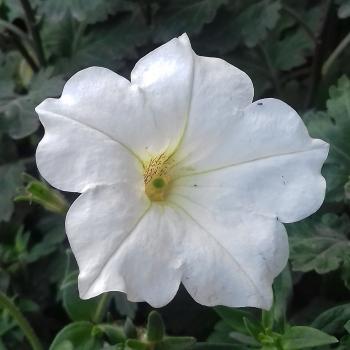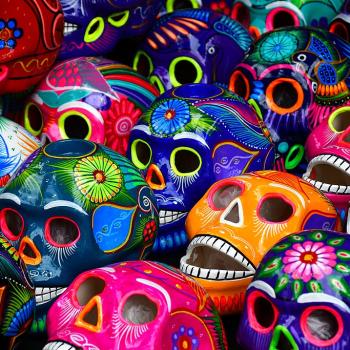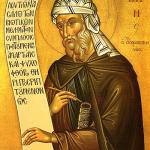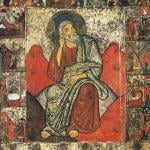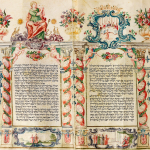THE POLITICS OF DANCING: ALL ALONE AT THE ’64 WORLD’S FAIR. It’s been a while since we’ve done this thing, where I hijack pop music for my own nefarious agenda. Previous examples include: The Cramps, “Eyeball in My Martini”; Cat Power, “Say”; Queen, “Princes of the Universe”; and They Might Be Giants, “Where Your Eyes Don’t Go.” Here we have TMBG again, with “Ana Ng.”
This song seems like a direct translation of the story of the round people. And you guys know that I have a big problem with the round people, right?
But this post isn’t about the weird self-centricity of that story, or of the “soulmate” mythology generally. Instead, I want to talk about the really compelling aspects of the myth, which “Ana Ng” draws out beautifully.
First, the sense that the yearning we feel is not for an abstraction but for a particular person. The keyhole in our soul has a shape; we didn’t make it up, it isn’t formless, and we can try to trace its contours. All of philosophy, I think, is the equivalent of the episode in The Great Brain at the Academy where the Great Brain uses a bar of soap to make a duplicate key so he can sneak into the academy’s kitchen. We know the soap key, being human-made, isn’t quite as strong as the original key; but we hope it can get us where we need to go anyway.
Second, that this keyhole is not only in our soul but in our flesh. Our longing is romantic and even erotic, while also bearing the shadow of a hidden, shy, spiritual meaning.
Third, that the entire world (represented by the World’s Fair? or am I trying too hard for a “close reading” here??) is filled with signs that love was here, but has gone away. Who was at the DuPont Pavilion? Why was the bench still warm–who had been there?
Fourth, I note that the longing of a man for a woman is one of the most common representations of spiritual yearning in Western culture. Dante looking at Beatrice is only the most famous example. Woman-as-icon, in the Eastern Orthodox terminology of an icon as a window to the Divine, is a consistently recurring trope in our culture.
I don’t entirely know what to make of that. I sympathize with it greatly–not least because it so perfectly reflects my own experience! And I end up writing about this woman-as-icon moment a lot, in my fiction.
But I wonder if my readers have any thoughts on variants on this moment. I can think of moments when a man sees another man as in some way both erotic and revelatory (Stephen Fry’s autobiography is the most obvious example I can think of at the moment, even though I have a lot of problems with the way he presents love in that book, and if he were to draw the eros/religious awe parallel his theology would be turbo-skewed), or a man to a boy (Death in Venice is the most obvious example here–are there examples where the boy isn’t an anti-icon, an image or expression or target of thanatos?), though none of a woman to a woman. I don’t raise this as a polemical point, but as a request: Are there Great Moments in the Iconic Gaze that I’m forgetting, or never knew?
But yes: “Ana Ng” is a terrific pop-music representation of that intense, personal, erotic and spiritual loneliness. This, despite also rocking quite a bit. There’s hope for us all!


